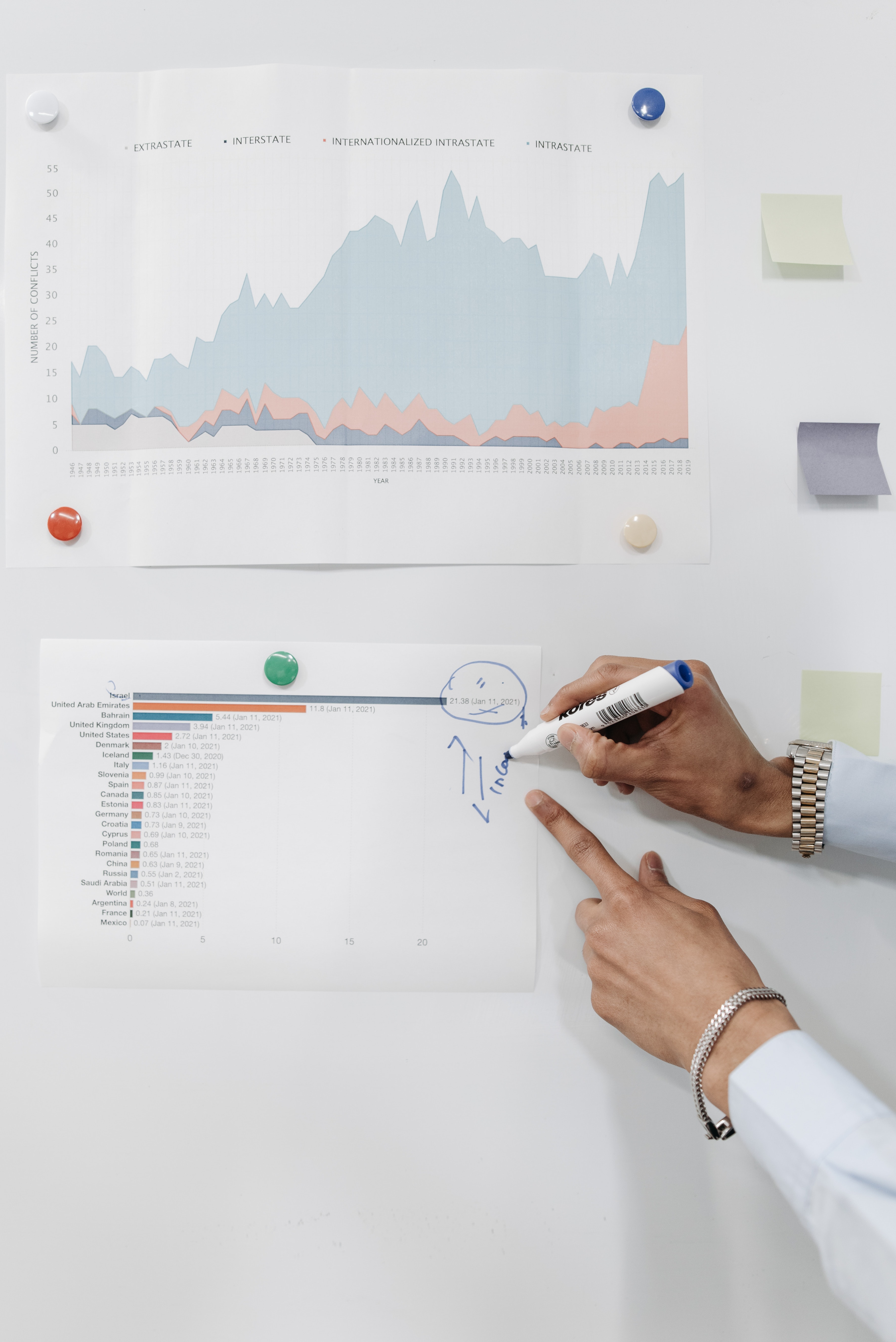Share this
by Matt Waters, CPA on September 10, 2020
Lease accounting standards ASC 842 and IFRS 16 require lessees to remeasure the lease liability, the ROU asset or both when certain events occur during the term of a lease. If accounting teams are using a spreadsheet, remeasurement may take hours, but with lease accounting software it takes only seconds.
When to Remeasure
Both standards require lessees to remeasure the lease liability and ROU asset when events occur that change the duration of a lease or its payments. Both the duration and payments are key variables in determining lease liability and ROU asset balances. Changes in payments or the duration of the lease may stem from option renewals, amendments, terminations, or lease extensions. When lessees take actions that imply they will exercise an option to extend the lease, they need to remeasure. For example, lessees who make a significant improvement to a leased asset close to the end of their lease or who sublease their leased asset to another party beyond the duration of their existing lease typically intend to extend their lease. When they make the improvement, sign the sublease, make changes to the duration of a lease, or change the payment schedule, both ASC 842 and IFRS 16 require lessees to remeasure the ROU asset and lease liability.
Changing a lease is not the only cause for remeasurement. ASC 842 and IFRS 16 require remeasurement of the ROU asset upon impairment of a leased asset. An impairment occurs when an asset no longer holds its value due to changing market conditions, new regulations, or physical damage.
How to Remeasure Manually
To remeasure a lease in a spreadsheet, accountants must revise the amortization schedule, which contains the monthly balances of the ROU asset and lease liability. Accountants must recalculate the lease liability using a revised net present value calculation and an appropriate discount rate. They also must recalculate the ROU asset using a variety of different calculations depending on the cause of the remeasurement, such as a renewal, partial termination, or impairment. If the lease liability increases or decreases by an amount that’s different from the amount the ROU asset increases or decreases, a gain or loss will need to be calculated. These activities help create the revised amortization schedule, which accountants will use to support future lease accounting journal entries, reconciliations, and reports. Each time a lease needs to be remeasured, it could take accountants hours to manually recalculate the ROU asset and lease liability.
Simplifying Remeasurement
Leasing software should allow lessees to simplify or automate remeasurement using the following processes:
- Renewals/Extensions: When a lease is renewed or extended, the new terms and added liability and ROU asset should automatically be updated to the revised amortization schedules.
- Data Corrections: Incorrect data—such as rent expense or the discount rate—that have already been entered into leasing software should be able to be changed in an instant and be adjusted retroactively with the catchup entry booked in the next open period.
- Impairment: When an asset loses its value, a lessee should be able to adjust the value so that the system automatically updates the amortization schedule.
- Partial Termination: When a lessee decides to exit or abandon a portion of a leased asset, once the lessee updates the expenses, the system should automatically recalculate the lease liability and facilitate the recalculation of the ROU asset.
- Termination: When lessees commit to exit or abandon a property sometime in the future, the new lease terms–such as the lease payments and length of the lease–should be entered into the leasing software, which then should automatically update the lease liability and ROU asset in the amortization schedule.
- Full Termination: When a lessee decides to exit or abandon a property effective immediately, the software should automatically calculate a gain or loss resulting from the difference in the ending balances of the ROU asset and lease liability.
Leasing Software
Without user-friendly lease accounting software that automates remeasurement, the manual calculations required for every lease modification and impairment will cost hours in time and will increase the likelihood of errors. Lease accounting software can instantaneously remeasure leases. The software should also include the ability to automate all the remeasurement types listed above, record journal entries, and reflect the changes in financial reports. When information about a remeasurement is received after month-end close, the software should automate remeasurement and true-up entries in the next open accounting period.
Share this
- Lease Accounting Software (89)
- ASC 842 (83)
- Accounting Teams (52)
- Lease Administration Software (26)
- Retail Tenants (16)
- Commercial Real Estate (14)
- Lease Management (12)
- Real Estate Teams (9)
- ESG (8)
- Market Data and Analytics (8)
- Success Stories (8)
- News and Media Coverage (5)
- Transaction Management Software (2)
- frs 102 (2)
- Customer Success (1)
- Office Tenants (1)
- July 2025 (1)
- June 2025 (4)
- May 2025 (2)
- April 2025 (2)
- March 2025 (6)
- February 2025 (3)
- January 2025 (4)
- December 2024 (1)
- October 2024 (4)
- September 2024 (2)
- August 2024 (5)
- July 2024 (3)
- June 2024 (3)
- May 2024 (4)
- April 2024 (1)
- February 2024 (1)
- December 2023 (4)
- November 2023 (6)
- October 2023 (4)
- September 2023 (2)
- August 2023 (2)
- July 2023 (3)
- May 2023 (2)
- March 2023 (1)
- February 2023 (3)
- January 2023 (1)
- December 2022 (3)
- November 2022 (4)
- October 2022 (4)
- September 2022 (1)
- August 2022 (4)
- June 2022 (1)
- May 2022 (4)
- April 2022 (8)
- March 2022 (3)
- February 2022 (1)
- January 2022 (2)
- November 2021 (2)
- October 2021 (2)
- September 2021 (3)
- August 2021 (15)
- July 2021 (3)
- June 2021 (1)
- May 2021 (1)
- April 2021 (3)
- March 2021 (1)
- January 2021 (1)
- December 2020 (3)
- November 2020 (1)
- October 2020 (2)
- September 2020 (2)
- August 2020 (3)
- July 2020 (2)
- June 2020 (3)
- May 2020 (1)
- April 2020 (1)
- March 2020 (1)
- February 2020 (1)
- December 2019 (1)
- October 2019 (1)
- September 2019 (2)
- August 2019 (3)
- July 2019 (2)
- April 2019 (69)
- October 2018 (1)
- August 2018 (1)
- July 2018 (1)
- June 2018 (1)
- May 2018 (1)
- April 2018 (2)
- March 2018 (3)
- February 2018 (2)
- December 2017 (1)
- August 2017 (3)
- June 2017 (2)
- May 2017 (2)
- April 2017 (1)
- March 2017 (2)
- January 2017 (2)
- November 2016 (2)
- July 2016 (1)
- June 2016 (1)
- July 2015 (1)
- March 2015 (1)
- June 2014 (1)
- April 2014 (11)
- October 2011 (1)
You May Also Like
These Related Stories

Lease Accounting Ad Hoc Reports with CoStar Real Estate Manager

FASB Simplifies Accounting For COVID-19 Lease Concessions



